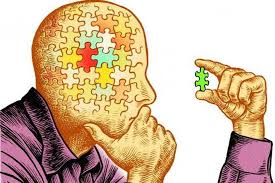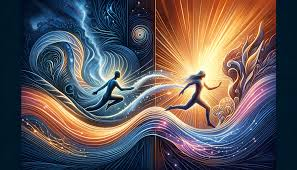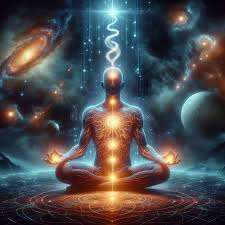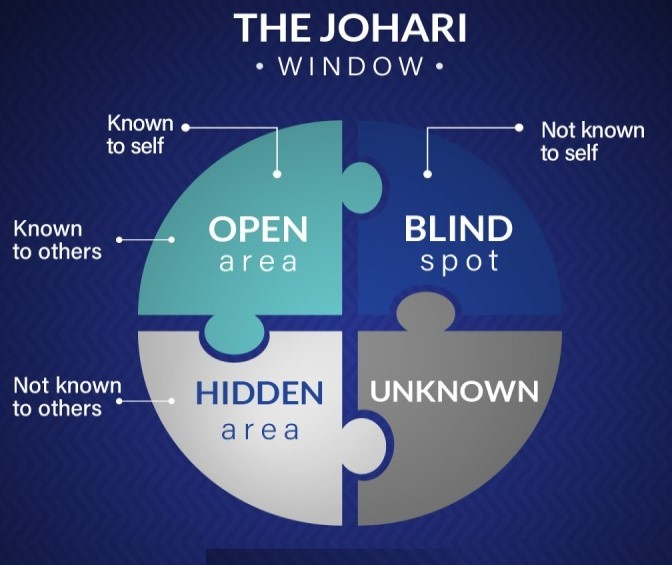
Effective coaching is not just about giving advice, setting goals, or solving problems—it’s about creating an environment where both the coach and the coachee can unlock their potential. This process begins with one fundamental principle: self-awareness. For coaches, inner clarity isn’t just a personal benefit—it’s the cornerstone of impactful coaching. The more a coach understands themselves, the more they can influence their clients’ growth.
The Power of Self-Awareness in Coaching
Self-awareness, in the context of coaching, refers to the ability to recognize and understand one’s own emotions, thoughts, and behaviors, and how they impact interactions with others. For coaches, this means being attuned to their own feelings, assumptions, and biases, while also remaining empathetic and present for the person being coached. This awareness isn’t just about knowing one’s strengths and weaknesses; it’s about having a deep understanding of how these factors influence the coaching process.
When a coach is self-aware, they can better manage their own emotional responses, avoid projecting personal biases onto their coachee, and remain objective and supportive. A coach who lacks self-awareness may inadvertently bring their own unexamined beliefs or emotions into a session, clouding their judgment or limiting their ability to listen effectively.
Creating a Safe and Productive Coaching Environment
Coaching is a relational process, and a coach’s ability to create a safe, non-judgmental space for their coachee is directly tied to their own self-awareness. Coaches who are grounded in their own values, emotions, and thought patterns are better equipped to foster trust and openness. This allows the coachee to feel heard, understood, and supported, which leads to a more productive and transformative coaching experience.
When a coach is aware of their own triggers or emotional responses, they can choose to remain calm, composed, and objective, no matter the situation. This stability allows the coachee to feel comfortable exploring sensitive topics, knowing that the coach will respond thoughtfully and without judgment. It’s this safe space that enables deep self-reflection and growth, both for the coach and the client.
The Role of Self-Reflection in Continuous Improvement
Self-awareness is not a one-time achievement but a continual practice. The best coaches are those who engage in regular self-reflection to ensure they are constantly evolving. Through self-reflection, coaches can evaluate their own performance, identify areas of improvement, and recalibrate their approach to coaching. This process of self-examination not only enhances the coach’s effectiveness but also models the importance of growth for their clients.
A coach might reflect on questions like: How did I feel during the session? What did I notice about my reactions? Was I truly present for my coachee, or was I distracted by my own thoughts or assumptions? By regularly engaging in this type of reflection, coaches refine their practice and build the emotional resilience necessary for long-term success.
The Ripple Effect: How Inner Clarity Leads to Greater Impact
The beauty of self-awareness is that it doesn’t just impact the coach personally—it ripples out into their coaching practice and, ultimately, into the lives of their clients. When a coach is clear about their own values, goals, and emotional triggers, they become more effective at guiding their clients. They can ask the right questions, provide insightful feedback, and offer strategies that truly align with the coachee’s needs and objectives.
Moreover, a self-aware coach is in a stronger position to help their clients achieve the same level of clarity. By modeling emotional intelligence, active listening, and empathy, the coach encourages their client to reflect on their own feelings, beliefs, and behaviors. The result is a coaching relationship that is not just about external achievements but about deep, personal growth. The coach’s inner clarity empowers the client to achieve their goals in a more authentic and sustainable way.
From inner clarity to outer impact, self-awareness is the foundation of effective coaching. By embracing self-reflection, emotional intelligence, and ongoing personal development, coaches can create a coaching environment that fosters trust, growth, and transformation. In turn, this empowers their clients to gain the same clarity within themselves, leading to lasting impact in both their professional and personal lives.
Coaching isn’t just about helping others—it’s about continually improving ourselves so that we can serve others with more depth, authenticity, and effectiveness. When we start with self-awareness, we create an environment where true transformation can take place—not just for our clients, but for ourselves as well.
Helping Executive Women Reduce Stress, Prevent Fatigue & Avoid Burnout
📩 Follow me for more insights or send me a message to connect!









